Species Photo Gallery for Acutalis tartarea No Common Name 69 |
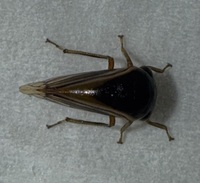 | Photo by: Marilyn Westphal, Nora Murdock
Henderson Co.
Comment: Jumped onto beat sheet tossed on ground in a grassy trail in a river floodplain. | 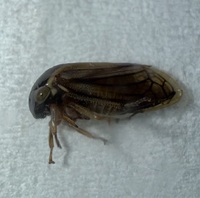 | Photo by: Marilyn Westphal
Henderson Co.
Comment: Using beat sheet |
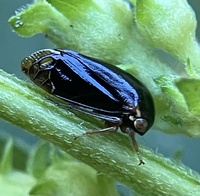 | Photo by: Ken Kneidel
Mecklenburg Co.
Comment: | 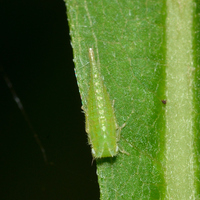 | Photo by: Margarita Lankford
Orange Co.
Comment: https://www.inaturalist.org/observations/56434013 - unid_treehopper |
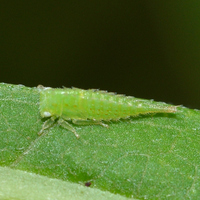 | Photo by: Margarita Lankford
Orange Co.
Comment: https://www.inaturalist.org/observations/56434013 - unid_treehopper | 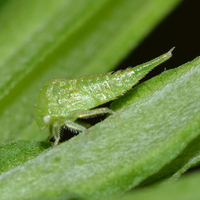 | Photo by: Margarita Lankford
Orange Co.
Comment: https://www.inaturalist.org/observations/56434025 - unid_treehopper |
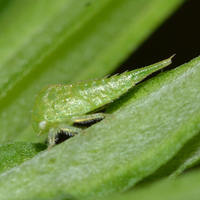 | Photo by: Margarita Lankford
Orange Co.
Comment: https://www.inaturalist.org/observations/56434025 - unid_treehopper | 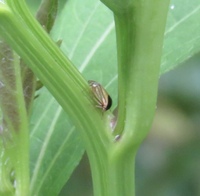 | Photo by: Marilyn Westphal
Henderson Co.
Comment: |
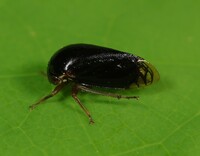 | Photo by: Rob Van Epps
Mecklenburg Co.
Comment: | 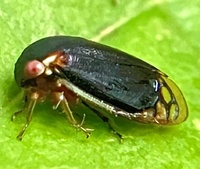 | Photo by: Ken Kneidel
Mecklenburg Co.
Comment: |
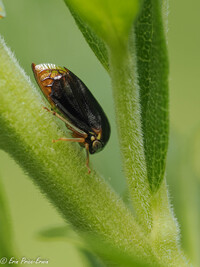 | Photo by: Erin Price-Erwin
Guilford Co.
Comment: | 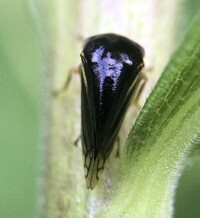 | Photo by: Ted Wilcox
Watauga Co.
Comment: |
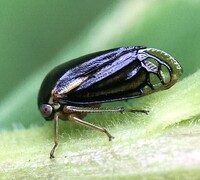 | Photo by: Ted Wilcox
Watauga Co.
Comment: | 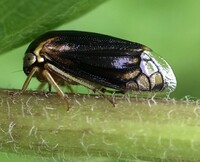 | Photo by: Ted Wilcox
Watauga Co.
Comment: |
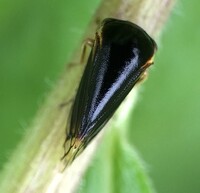 | Photo by: Ted Wilcox
Watauga Co.
Comment: | 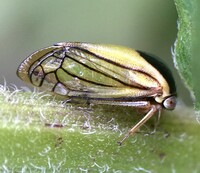 | Photo by: Ted Wilcox
Watauga Co.
Comment: |
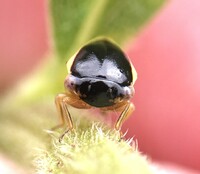 | Photo by: Ted Wilcox
Watauga Co.
Comment: | 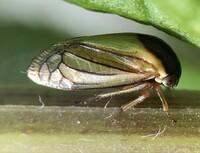 | Photo by: Ted Wilcox
Avery Co.
Comment: unid_treehopper |
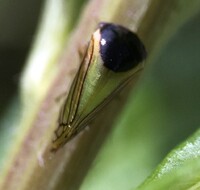 | Photo by: Ted Wilcox
Avery Co.
Comment: unid_treehopper | 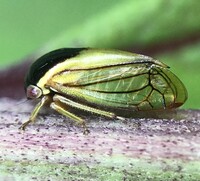 | Photo by: Ted Wilcox
Watauga Co.
Comment: unid_treehopper |
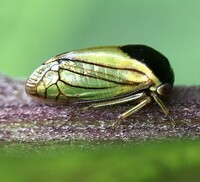 | Photo by: Ted Wilcox
Watauga Co.
Comment: unid_treehopper | 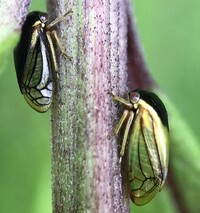 | Photo by: Ted Wilcox
Watauga Co.
Comment: unid_treehopper |
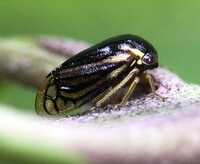 | Photo by: Ted Wilcox
Watauga Co.
Comment: unid_treehopper | 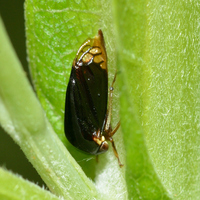 | Photo by: Margarita Lankford
Orange Co.
Comment: https://www.inaturalist.org/observations/174568145 |
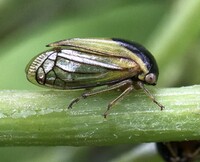 | Photo by: Ted Wilcox
Watauga Co.
Comment: unid_treehopper | 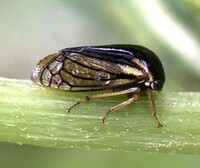 | Photo by: Ted Wilcox
Watauga Co.
Comment: unid_treehopper |
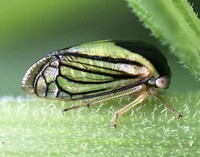 | Photo by: Ted Wilcox
Watauga Co.
Comment: unid_treehopper | 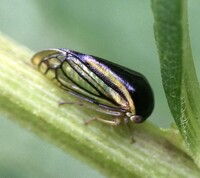 | Photo by: Ted Wilcox
Watauga Co.
Comment: unid_treehopper |
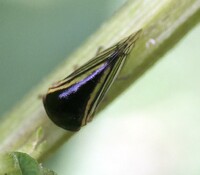 | Photo by: Ted Wilcox
Watauga Co.
Comment: unid_treehopper | 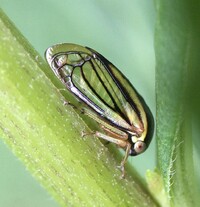 | Photo by: Ted Wilcox
Watauga Co.
Comment: unid_treehopper |
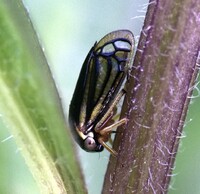 | Photo by: Ted Wilcox
Watauga Co.
Comment: unid_treehopper | 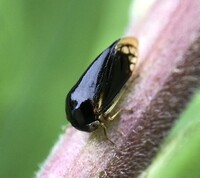 | Photo by: Ted Wilcox
Watauga Co.
Comment: unid_treehopper |
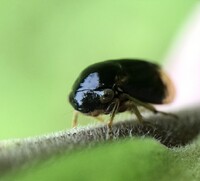 | Photo by: Ted Wilcox
Watauga Co.
Comment: unid_treehopper | 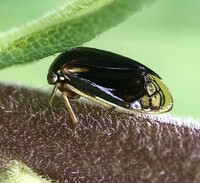 | Photo by: Ted Wilcox
Watauga Co.
Comment: unid_treehopper |
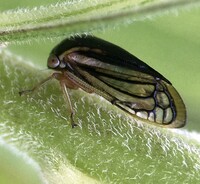 | Photo by: Ted Wilcox
Watauga Co.
Comment: unid_treehopper | 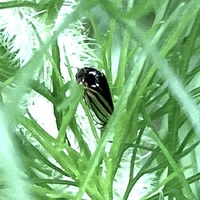 | Photo by: Ken Kneidel
Mecklenburg Co.
Comment: wooded residential |
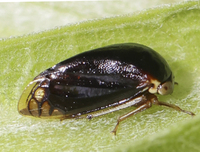 | Photo by: John Petranka
Orange Co.
Comment: New Hope Creek Biodiversity Survey (2021-2022) | 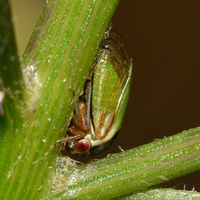 | Photo by: Margarita Lankford
Orange Co.
Comment: https://www.inaturalist.org/observations/95210145 |
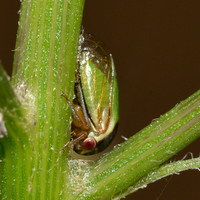 | Photo by: Margarita Lankford
Orange Co.
Comment: https://www.inaturalist.org/observations/95210145 | 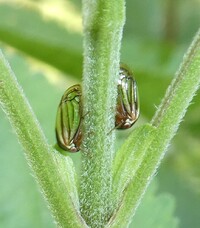 | Photo by: Simpson Eason
Durham Co.
Comment: |
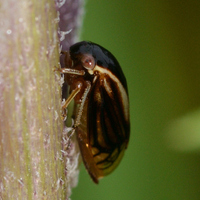 | Photo by: Margarita Lankford
Orange Co.
Comment: https://www.inaturalist.org/observations/62146135 | 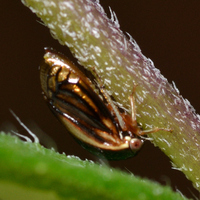 | Photo by: Margarita Lankford
Orange Co.
Comment: https://www.inaturalist.org/observations/62146135 |
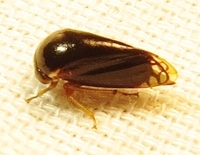 | Photo by: Ken Kneidel
Mecklenburg Co.
Comment: female, 4.8 mm, clinging to flower heads, cool morning temperature | 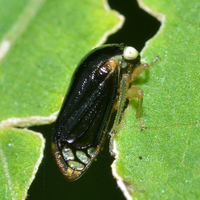 | Photo by: Margarita Lankford
Orange Co.
Comment: https://www.inaturalist.org/observations/56434001 |
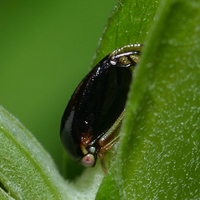 | Photo by: Margarita Lankford
Orange Co.
Comment: https://www.inaturalist.org/observations/56434026 | 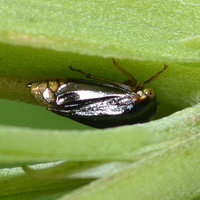 | Photo by: Margarita Lankford
Orange Co.
Comment: https://www.inaturalist.org/observations/55736416 |
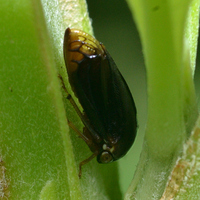 | Photo by: Margarita Lankford
Orange Co.
Comment: https://www.inaturalist.org/observations/55736416 | 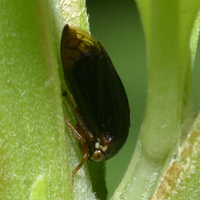 | Photo by: Margarita Lankford
Orange Co.
Comment: https://www.inaturalist.org/observations/55736416 |
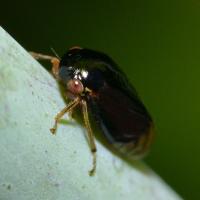 | Photo by: Margarita Lankford
Swain Co.
Comment: https://www.inaturalist.org/observations/52528502 | 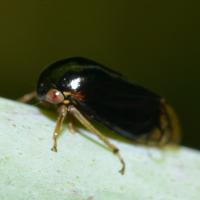 | Photo by: Margarita Lankford
Swain Co.
Comment: https://www.inaturalist.org/observations/52528502 |
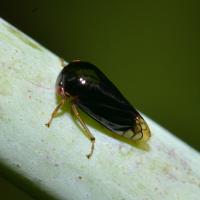 | Photo by: Margarita Lankford
Swain Co.
Comment: https://www.inaturalist.org/observations/52528502 | 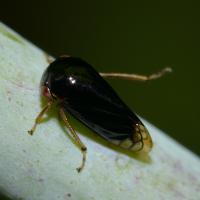 | Photo by: Margarita Lankford
Swain Co.
Comment: https://www.inaturalist.org/observations/52528502 |
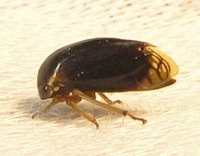 | Photo by: Ken Kneidel
Mecklenburg Co.
Comment: sweep through low vegetation | 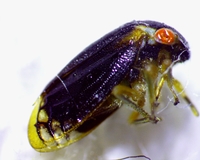 | Photo by: Ken Kneidel
Mecklenburg Co.
Comment: in low vegetation bordering retention pond |
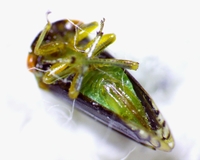 | Photo by: Ken Kneidel
Mecklenburg Co.
Comment: in low vegetation bordering retention pond | 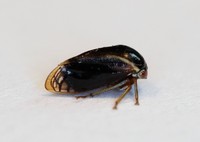 | Photo by: Rob Van Epps
Mecklenburg Co.
Comment: Weeds near hardwoods and creek. |
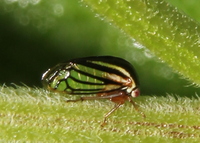 | Photo by: Harry Wilson
Wake Co.
Comment: Mixed hardwood and pine | 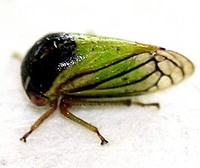 | Photo by: Paul Scharf
Warren Co.
Comment: Caught sweeping |
 | Photo by: Kyle Kittelberger, Brian Bockhahn
Orange Co.
Comment: Mixed hardwood forest edge | 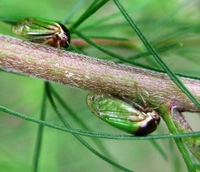 | Photo by: T. DeSantis
Camden Co.
Comment: DISW |
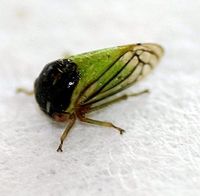 | Photo by: Paul Scharf
Warren Co.
Comment: Caught sweeping | 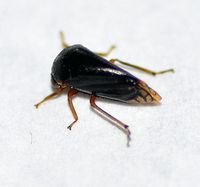 | Photo by: Paul Scharf
Warren Co.
Comment: Found on Plant |
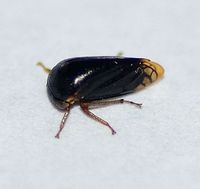 | Photo by: Paul Scharf
Warren Co.
Comment: Found on Plant | 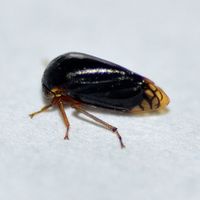 | Photo by: Paul Scharf
Warren Co.
Comment: Found on Plant |
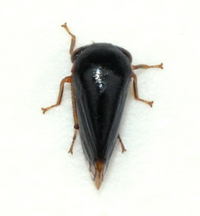 | Photo by: Kyle Kittelberger, Brian Bockhahn
Orange Co.
Comment: Mixed hardwood forest edge | 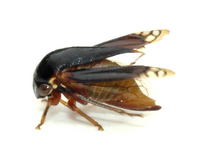 | Photo by: Kyle Kittelberger, Brian Bockhahn
Orange Co.
Comment: Mixed hardwood forest edge |
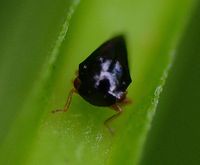 | Photo by: Paul Scharf
Warren Co.
Comment: Spotted on plant | 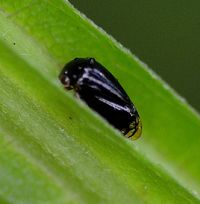 | Photo by: Paul Scharf
Warren Co.
Comment: Spotted on plant |
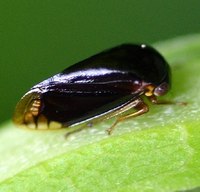 | Photo by: Paul Scharf
Warren Co.
Comment: Spotted on plant |

 »
»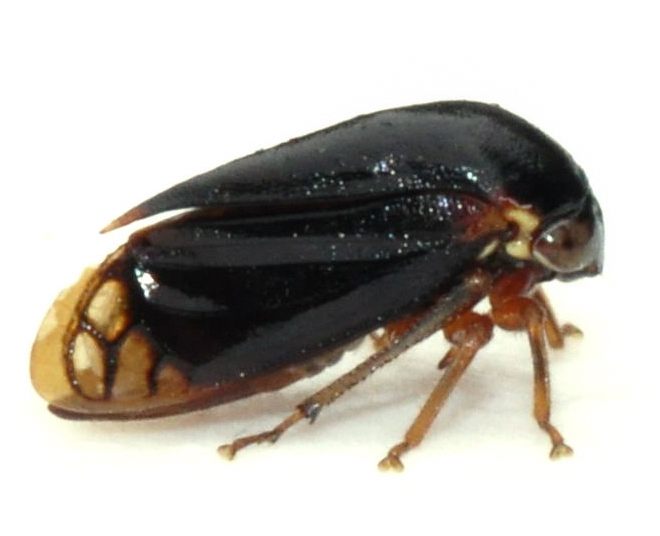
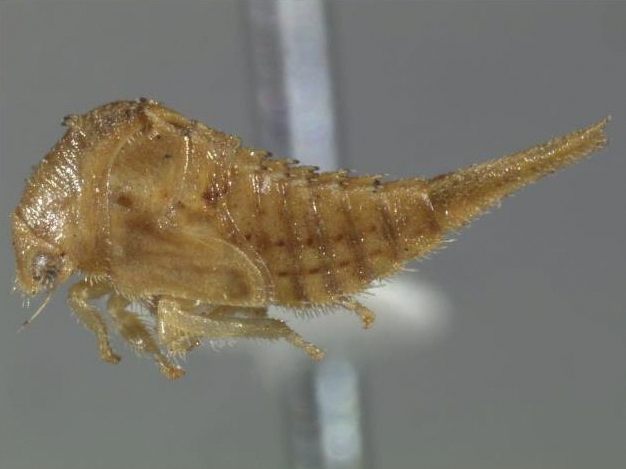

 »
»
